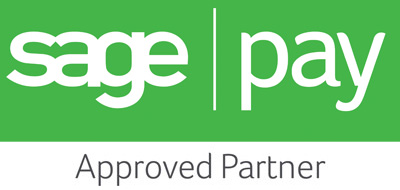How To Be Responsive, Not Reactive, In The New Normal
The immediate disruption of the Coronavirus pandemic saw a lot of decisions being taken that were then reversed, and this trend seems to be continuing into the short to medium term disruption to life and business. This is because a lot of the initial decisions made (both in business and in government) were reactive ones, made quickly and often without ample discussion. When these decisions have been reversed, or the response adapted, we see how responsiveness comes into play. Reactive decisions are often changed further down the line because they hadn't been considered properly, nor the effects of that decision modelled and appraised.
There are times when a reactive decision is the right one, in emergencies, for example, you have to think quickly and often act on impulse, rather than considering your response. If you're faced with an angry bear in the woods your reactive instinct might well save your life, but thankfully most of the decisions we have to make in the business world aren't a matter of life or death and so we can afford to be responsive instead.
The difference between a reactive and a responsive decision or action is the incorporation of logic and rational thinking to the initial emotional, knee jerk reaction. Sports Direct's decision to remain open at the start of the UK lockdown was an example of reactive thinking. Seeing an opportunity to position itself as a place for people to buy sports and leisure equipment was a financially motivated one, and did not consider the impact on its staff and reputation.The decision was quickly reversed after a public backlash, which could have been avoided had some responsive decision making taken place.
As the situation continues to develop there will be many more challenges ahead to navigate, and some businesses may fall into the trap of being reactive rather than responsive. It's easily avoidable, however, by fostering a culture of joint decision making and consultation. You may not have the luxury of several weeks to mull over your options, but most business decisions can afford to be postponed for a day to allow for enough time to make a responsive decision.
When faced with a dilemma or a problem in a project these simple steps can guide your response:
- Circulate information to all staff members who will be most affected by the decision and who are most involved with the departments it will affect
- Set a time for a (zoom) meeting on the same day and outline the discussion points for an agenda. Ask attendees to submit any other discussion points for inclusion on the agenda, so you can stick to the subjects that need discussion and not end up on too many tangents
- Summarise responses as you go, and allow time for clarification and explanation
- Agree when you will reach a decision by, and allow a small team to lead the response, so that not every staff member is tied up by this process
- Distribute your response plan to staff and ask for feedback on how they see this response panning out.Encourage staff to give their input and raise issues you may not have thought of – sometimes a very simple aspect is overlooked that can make all the difference to the outcome
- When the response has been agreed, create an action plan and assign responsibilities, encouraging further teamwork and discussions as the situation and response develops
Don't be afraid to change your mind, or to take a suitable amount of time to formulate a response. These are uncertain times and no-one is exempt from the challenges we are all facing.It's far better to consider a responsive decision and take a day or so to reach that decision, than it is to react quickly and spend much longer dealing with the problems a poorly thought out response will generate.
